AMD has kept its lips shut regarding the RDNA3 architecture that is set to feature in its upcoming Radeon 7000 series GPUs. The NAVI 31 GPU is the flagship RDNA3 chip that will feature in the RX 7900XT, among other cards. It has been gathering attention recently with its rumored specifications, but official information on it has been relatively short.
However, it appears that AMD themselves made a surprising commitment to AMDGPU Linux drivers, which leakers have immediately spotted.
The information was posted on Freedesktop in the form of a patch that listed MCD_INSTANCE_NUM, a number of supposed Memory Complex/Controller Dies for RDNA3 Navi 31 architecture. Interestingly, just a week later, AMD replaced MCD with UMC_NODE, seemingly to hide the leak.

AMD’s RDNA3 Architecture
AMD’s RDNA3 architecture will be coming this year with Radeon 7000 GPUs. It is expected to deliver over 50% improved performance per watt compared to the RDNA2. Compared with NVIDIA’s Ampere series, the RDNA2 GPUs are more efficient, so there is no doubt that the new architecture will put AMD on the top.
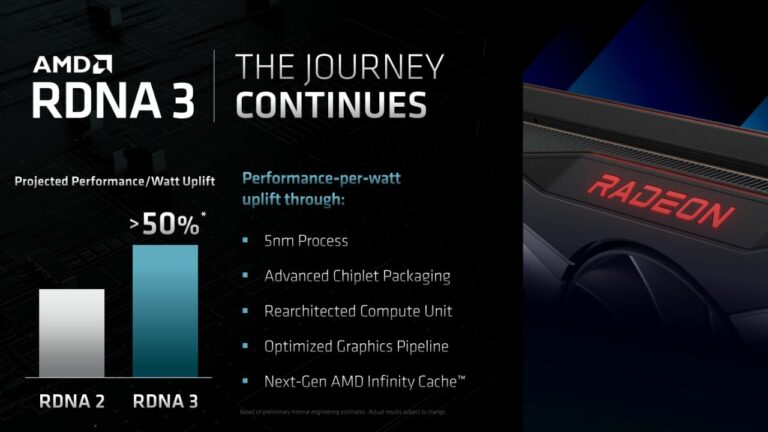
The RDNA3 GPUs will probably be the first-ever to use a PCIe 5.0 interface, which can feature over twice the bandwidth as its predecessor, PCIe 4.0.
AMD is doing exciting things to enhance the RDNA3 experience, such as the support for WMMA technology which is similar to NVIDIA’s Tensor Core. SAS or Smart Access Storage will also feature in RDNA3 GPUs. NAVI 31 is expected to be the first RDNA3 GPU to launch.
The next-gen NAVI 31 GPU
The NAVI 31 will be AMD’s flagship Radeon 7000 GPU, although there is speculation of an even more powerful GPU with 16384 SPs in development which is expected to launch next year. The Navi 31 (RDNA 3) MCDs were linked to a single GCD via a next-generation Infinity Fabric interconnect and were expected to feature 256-384 MB of Infinity Cache.
The patch confirms these rumors as, according to it, Navi 31 has a single GCD (Graphics Complex Die) and six MCDs. Ultimately this means that the card has a 384-bit memory bus and most likely a total of 192 MB of Infinity Cache or 384MB if AMD were to use V-Cache on top of each MCD.
The NAVI 31 will first appear with AMD Radeon RX 7900XT, which will be available this year. The latest speculation suggests that the NAVI 31 will give out a total of 12288 stream processors. With NAVI 2(RX 6900XT) being a beast of a GPU, outperforming NVIDIA’s RTX 3090 Ti, the NAVI 31 is expected to deliver against NVIDIA’s RTX 4090.
Optimized Graphics Pipeline for RDNA 3 GPUs will allow even higher clock speeds than RDNA 2 GPUs. With the RX 6000 GPUs already hitting 3.0 GHz, the upcoming RDNA3 GPUs are expected to soar past 3.0 GHz clock speeds. This will help AMD get toe-to-toe with NVIDIA’s RTX 40 series, which are also set to cross the 3.0 GHz mark.
The patch confirms the block diagram provided by a Twitter user @Olrak29_. This, of course, is just a block diagram of the NAVI 31, and the sizes are not confirmed yet.
The NAVI 31 GPUs might be equipped with 24GB VRAM, a figure lower than the initial 32GB speculation. This might be to lower the costs of RX 7000 GPUs to match their NVIDIA counterparts. Despite the reduction, the performance should be unscathed as the Infinity Cache is in the play and can deliver competitive performance in higher-resolution gaming.
Although no official price tag is declared, the AMD Radeon RX 7900 XT “Navi 31” is rumored to cost around $999, similar to its predecessor.
| GPU NAME | NAVI 21 | NAVI 31 |
| GPU Process | 7nm | 5nm/6nm |
| GPU Package | Monolithic | MCD (Multi-Chiplet Die) |
| Shader Engines | 4 | 6 |
| GPU WGPs | 40 | 30 (Per MCD) 60 (In Total) |
| SPs Per WGP | 128 | 256 |
| Compute Units (Per Die) | 80 | 120 (per MCD) 240 (in total) |
| Cores (Per Die) | 5120 | 7680 |
| Cores (Total) | 5120 | 15360 (2 x MCD) |
| Peak Clock | 2250 MHz | 2500 MHz |
| FP32 Compute | 23 | 38.4 |
| Memory Bus | 256-bit | 256-bit |
| Memory Type | GDDR6 | GDDR6 |
| Memory Capacity | 16 GB | 32 GB |
| Infinity Cache | 128 MB | 512 MB |
| TBP | 330W | 500W |
| Price | $999 | $999(rumored) |
About Advanced Micro Devices
Advanced Micro Devices (AMD) is an American multinational semiconductor company headquartered in Santa Clara, California.
AMD develops computer processors and related technologies for business and consumer markets. AMD’s main products include microprocessors, motherboard chipsets, embedded processors and graphics processors for servers, workstations, personal computers and embedded system applications.
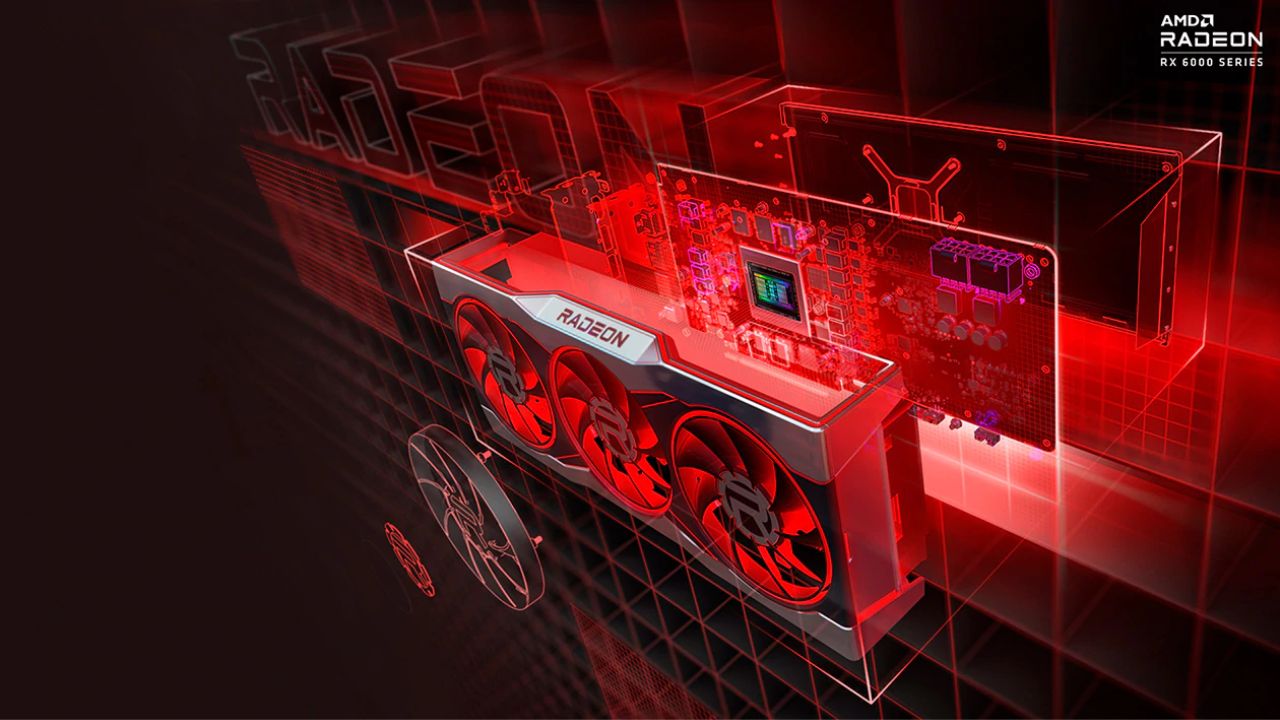
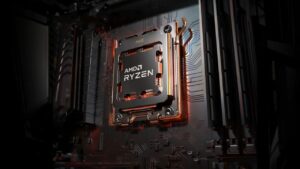
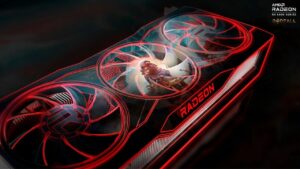



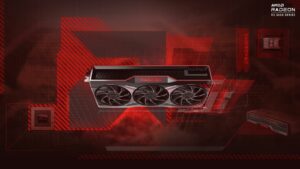
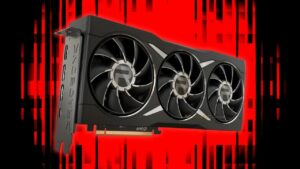
No Comments on AMD Accidentally Confirms Six MCDs and 384-bit Memory Features in RDNA3 NAVI 31 GPU